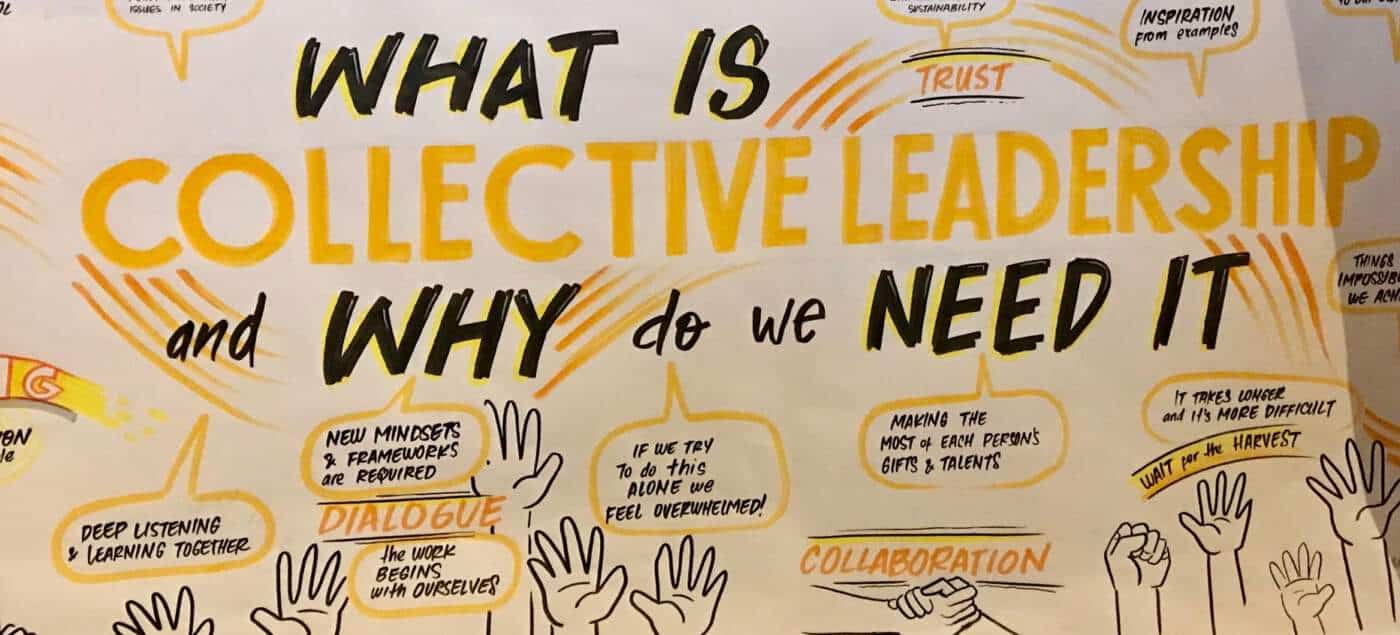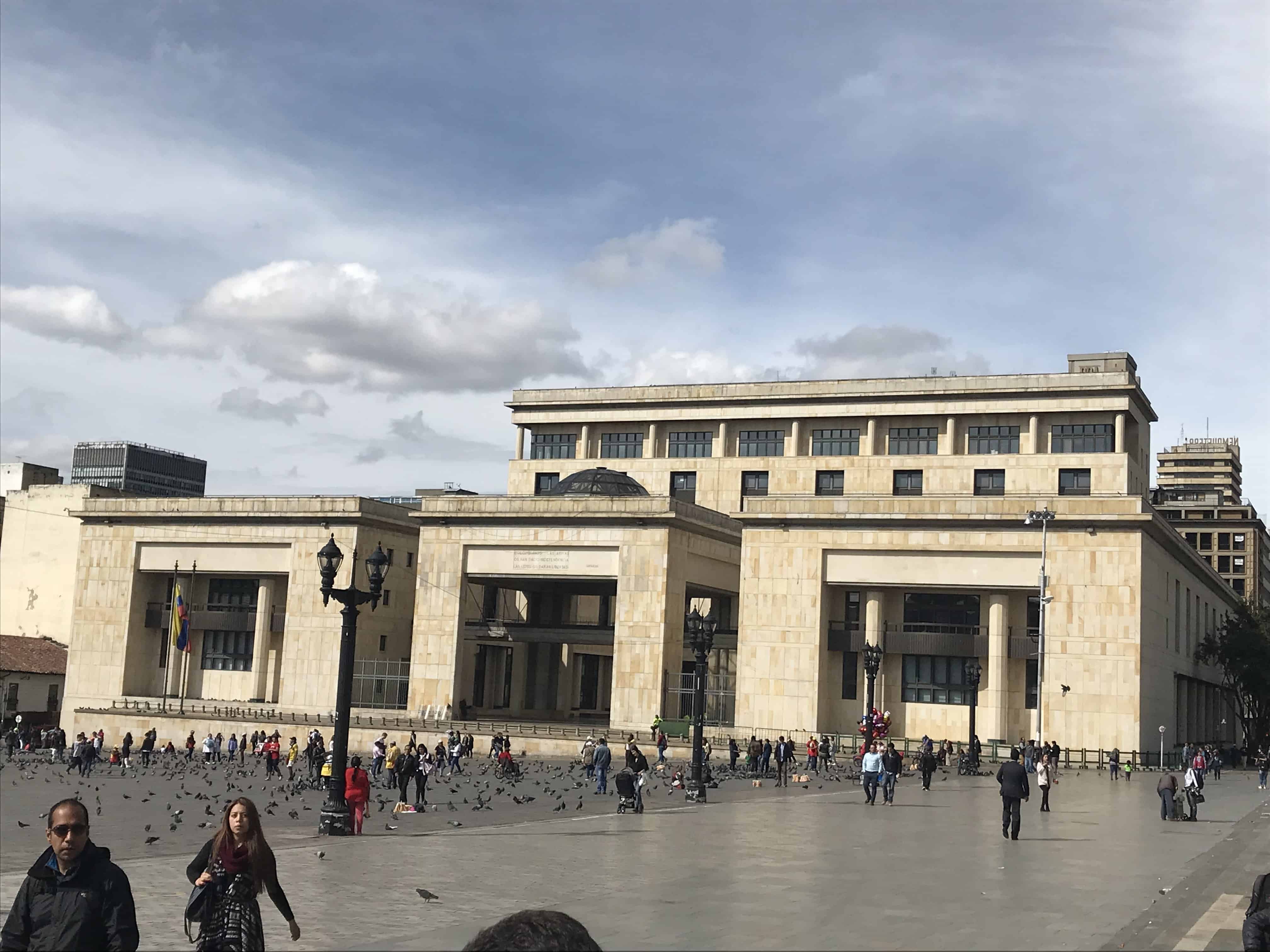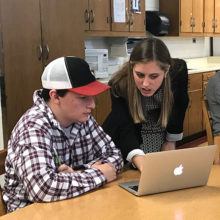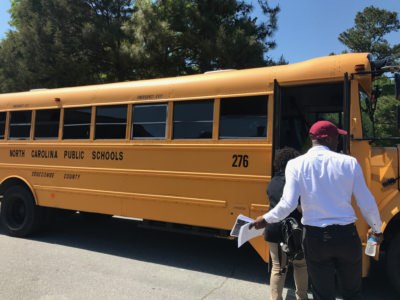A few weeks ago, I saw a commercial for NBC’s new show, Rise, which stars Josh Radnor as a drama teacher who “galvanizes not only the faculty and students but the entire working-class town.” Now, I have not watched the show, but the commercial made me groan and think to myself, “Great, another hero-teacher show. Just what we need!”
The archetype of the hero-teacher is pervasive in Hollywood. Movies like Dangerous Minds and Freedom Writers show young, idealistic, often white, teachers who change the lives of their poor, often minority, students by sheer determination and heart.
The hero-teacher narrative is present in the education world as well. One of the biggest critiques of Teach for America (TFA) is that it plays into the hero narrative by telling young, idealistic teachers that they can end educational inequity if they try hard enough.
As a TFA alumna, I knew corps members who saw themselves as the hero-teacher — and if I am being honest, I probably did too, at the beginning — but I quickly learned that I knew nothing, and I saw a lot of hardworking corps members who showed up every day because they loved kids and wanted to teach. Many of those same people are either still in the classroom today or working in education in some other way.
Teach for America is nothing if not a learning organization—any corps member or alumni will tell you how seriously they take their surveys. I am grateful for the ways TFA responds to feedback.
Last month, I presented about our Reach NC Voices initiative at TFA Eastern North Carolina’s Policy, Advocacy, and Community Engagement (PACE) Summit. In October of last year, I had the opportunity to go to the Teach for All Global Conference in Bogotá, Colombia. Both conferences focused on the importance of collective leadership to end educational inequity — a theme that directly confronts the hero-teacher narrative.
What is collective leadership?
Ten years ago, Wendy Kopp, the founder of Teach for America, co-founded Teach for All, a global network connecting the growing number of “Teach for ____” organizations around the world. Teach for All’s core purpose is: “To develop collective leadership to ensure all children have the opportunity to fulfill their potential.”
What is collective leadership? At the Teach for All conference, participants offered many different definitions, but they all centered around working with communities rather than for communities. Wendy Kopp said, “The community is the unit of change” — not the district, not the school, and not the teacher.


Fernando Reimers, professor and director of the International Education Policy Program at Harvard University, described collective leadership as “what we do when we have wicked problems.” A wicked problem, he said, is a problem where no single individual has all the knowledge to solve it.
According to Reimers, collective leadership involves understanding what is important for the community by listening. He stated, “The community knows more about what they need than us.”
Collective leadership around the world
To better understand collective leadership, it is helpful to consider some examples.
In Taiwan, educators were having trouble keeping students in school beyond middle school. By forming relationships and listening to the parents, teachers were able to discover the root of the problem: parents felt like they had given their children over to be educated and now it was their turn to educate them. Working with the parents, the teachers co-created new math textbooks that were deeply rooted in local culture and used local artists to illustrate the books. As a Teach for Taiwan teacher described, “Parents [now] don’t feel like they are giving their children to be educated by outsiders. They feel like they are the educators themselves.”
A Teach for Colombia teacher used social cartography to better understand his community. He asked his students to draw a map of their community and on it draw their relationships, places of which they feel proud, and what they see as the strengths and weaknesses of their community. Having the students create their own maps allowed this teacher to better understand his students’ realities.
Teach for Haiti staff intentionally involved the community in identifying the best applicants. They knocked on doors and asked, “Who are the leaders in the community?” They then brought those leaders together, identified the skills they all had in common, and used those skills as the basis for the criteria for Teach for Haiti applicants.
The emphasis on collective leadership has spread to Teach for America as well. The theme of TFA Eastern North Carolina’s PACE summit was “Coalition-building toward Educational Equity,” and many of the sessions focused on building community and collective leadership to address systemic challenges.
TFA Eastern North Carolina alumni Seth Saeugling and Vichi Jagannathan presented on Saturday on their work developing community-driven solutions to trauma in Edgecombe County. TFA alumni and leadership coach Daniel Riley presented at the Teach for All Global Conference on his work to develop a shared local vision in Edgecombe County. Riley stated, “We’ve done great things because we’ve started listening to what students want.”
Moving forward
Change does not happen overnight, so it may take awhile to see and understand how TFA’s shift to collective leadership impacts communities in North Carolina. As Angela Blanchard, a community development expert and practitioner, said, “I’ve never seen a plant emerge from the ground whole. Let it grow.” However, it is promising to see the organization moving away from the hero-teacher narrative and recognizing the importance of listening and working with communities. Hopefully Hollywood can catch up.



